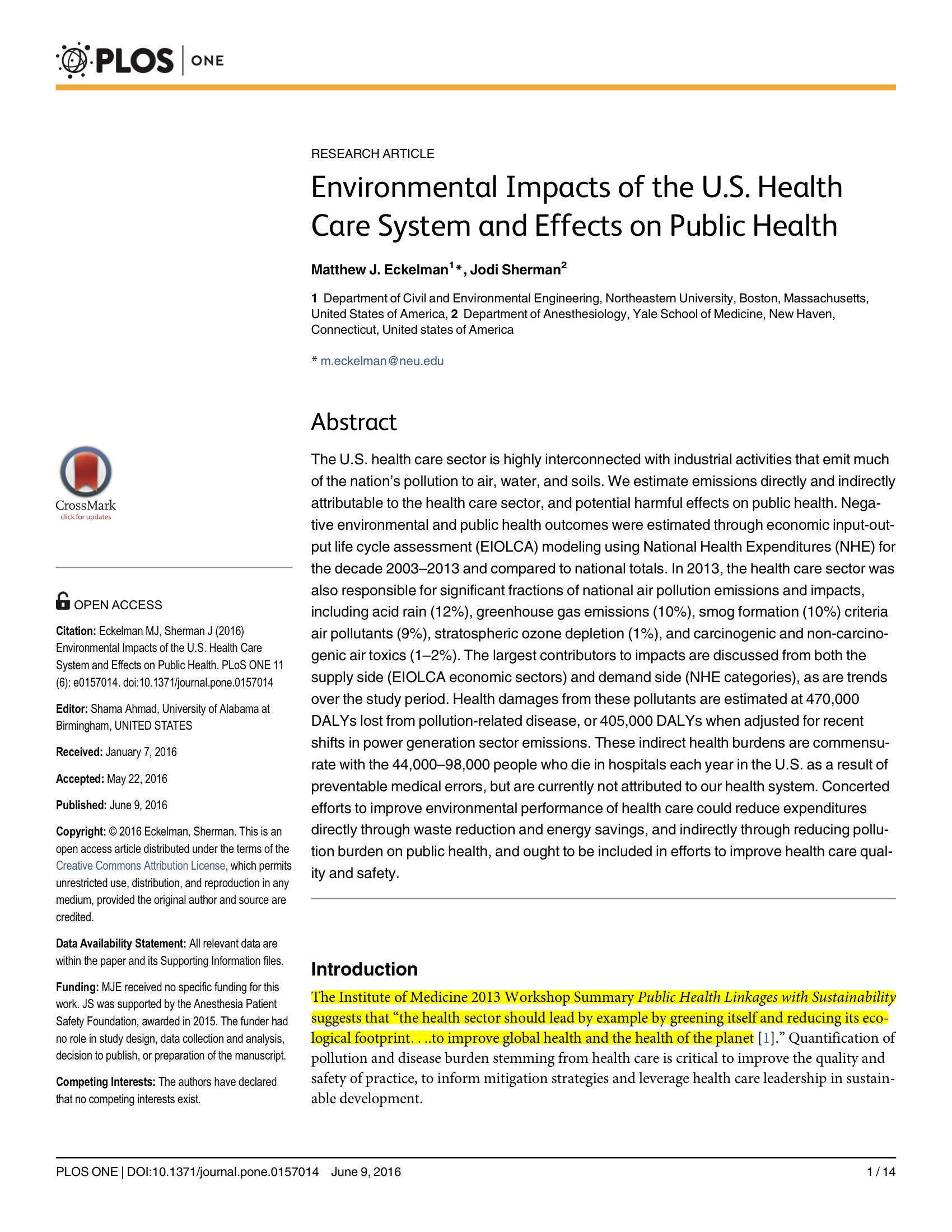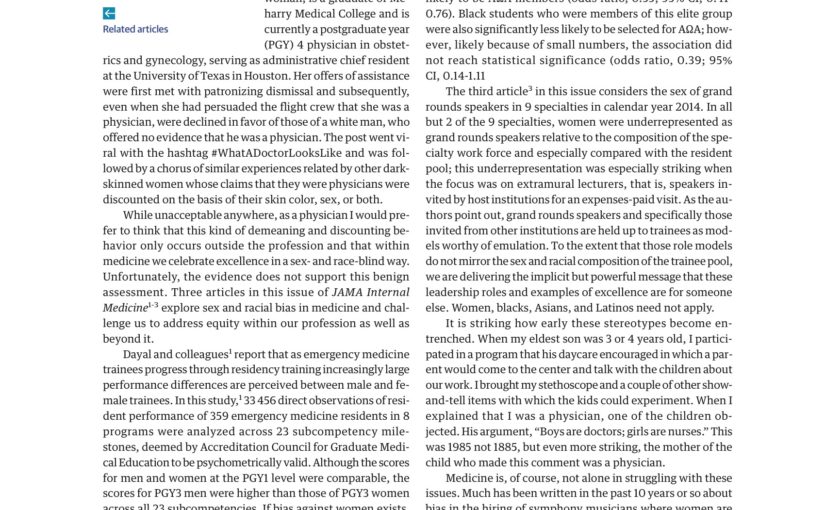
Just Read: Always Hungry, by David Ludwig, MD
I actually didn’t just read this book, I read it awhile ago, but haven’t posted on it, until now (thanks for the nudge @ePatientDave). I recommend this book…

I actually didn’t just read this book, I read it awhile ago, but haven’t posted on it, until now (thanks for the nudge @ePatientDave). I recommend this book…

Taubes, Gary: Why We Get Fat: And What to Do About It I actually read this book some time ago and didn’t post on it until now. This…

This book was written 50 years ago, well read and reviewed, so I’m not going to add whole lot of insight to Peter’s work. It reads like it was written yesterday, and I’ll say there are few works that I have highlighted as much as this one. It’s the frankness and interest in the development of the reader that comes across.
The book is a lot about the 20th Century knowledge worker, with some hints about the 21st Century. One of my favorite 21st Century quotes relevant to this is at the bottom of the post.
First, a few quotes I relished, below.

One of my earliest memories was the rush to the grocery store by my family to stock up on saccharin sweetened beverages when it was feared they would be pulled off the market, in 1977. The shelves were bare (it was as much an emergency as any I remember in the household)…
This was the headline (behind paywal, if you have library access):
By, Tom Shales. 1977. “Tears & Fears: Threat to Saccharin Spurs New Hoarding! Diet-Rite Dementia, Tab Teetotaling in the Offing?” The Washington Post (1974-Current File), Mar 15, 2..
I looked this piece of history up online after I read Gary Taubes’ The Case Against Sugar, and amazingly, in this piece from March, 1977, they seemed to express some of the wisdom that’s now being discussed 40 years later (almost to the day):

This review could be considered an update to the brief analysis that appeared in 2009 describing US Health Care’s contribution to green house gas (GHG) emissions to be…

Yes, all 40+ pages of the American Heart Association’s scientific statement, published in 2011 (the most recent one – citation below), for leisure.
Why?
Triglycerides are that lipid component in our blood that we (or let’s say I) are trained not to pay that much attention to, especially relative to cholesterol (LDL, HDL, etc), and yet its story unlocks a lot of mysteries around nutrition and health (again, for me).

This article, published in JAMA Internal Medicine describes the personal journey of a physician who is now serving as their authentic self:
…today I serve as a female physician in every respect within the Department of Defense. Last month, I graduated the Army Medical Department’s Advanced Course with honors, and now I look forward to the sec- ond half of my military career being treated like any other capable military physician.
The commentary, by Jamie Henry, MD (@MAJ_JLee_MD), concerns another paper in the journal

Where I went to medical school (University of Arizona College of Medicine), we had the typical “wall of fame” of all the previous graduating classes prominently mounted, covering the history of the school’s first class from 1967 to the present.
It was amusing to note that as you walked along the wall that the number of women in each class steadily increased, to the year after mine, when for the first time there were more women than men in incoming class.
Except that in retrospect, it wasn’t really funny.
The other thing I noticed was that the Nursing School building, erected a few years after the medical school building next to it, didn’t seem to have very many men’s rooms…
The wall showed another thing, that there were no LGBTQ human beings enrolled in this school. Except that there were. However, all the signs and signals in our curriculum and the behavior of our faculty conspired to keep this just an “allegation.”
And so…we can now measure the impact.

Just catching up on my blogging and continuing a closer look at nutrition and health.
This paper discusses a different and emerging approach about diet in people with diabetes, beginning with the declaration that we really don’t know what the optimal diet for people with diabetic is:
The optimal degree of caloric restriction and macronutrient distribution of medical nutritional therapy in T2DM is not well defined.
Traditionally, a low-fat diet has been prescribed, which really is a high-carbohydrate diet that brings with it questions about why feeding carbohydrates to people who are intolerant of them makes sense.

We estimated that, each year, same-sex marriage policies would be associated with more than 134 000 fewer adolescents attempting suicide. These results reflect an important reduction in adolescent emotional distress and risk of mortality from suicide.
Equality does equal health.